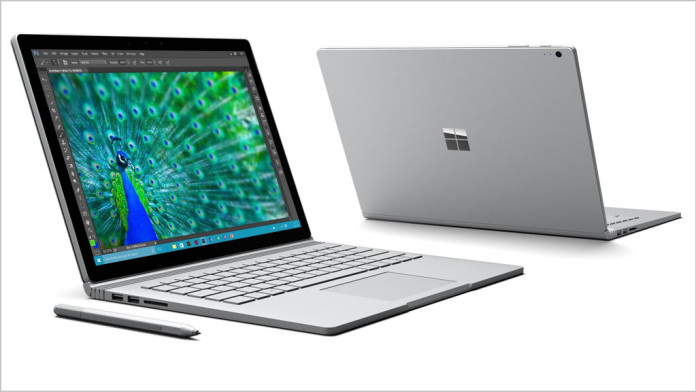
blog Tablets such as the iPad and the Microsoft Surface have been some of the hottest technologies around over the past several years in Australian organisations, but actual case studies detailing how organisations have deployed them remain a little thin on the ground. In part, this is likely because — despite all of the consumer applications — actual business applications for tablets remain a little sparse, usually boiling down to specific use cases where a mobile form factor is needed.
Thankfully CRN has come to the rescue and has published a series of three case studies on the topic from a number of different organisations. The site also quotes Telsyta analyst Foad Fadaghi on the future of tablets (we recommend you click here for the full article):
“… businesses have been waiting for 2-in-1 devices such as Surface and Surface Pro before buying employees tablets. While the space has been BYOD in the past few years, the drop from the past 12 months will be clawed back by businesses adopting the Windows 2-in-1 device.”
Personally, I expect that we will see two trends in Australian organisations over the next few years with respect to tablets.
Firstly, I expect Fadaghi is right — and that CRN’s article is well-timed. As Microsoft and Apple perfect the laptop/tablet hybrid form factor, we’ll see more organisations deploying this kind of model. Why not, after all? Corporate laptops don’t usually need a huge amount of processing power such as traditional laptops feature … a convertible model such as Microsoft’s new Surface Book laptop/tablet would make a lot of sense.
And the Surface units integrate particularly well with corporate IT networks because of the pervasiveness of the rest of Microsoft’s software stack.
Secondly, I think we’ll see increasing use of ‘phablets’ such as the iPhone 6s Plus and Samsung’s Galaxy Note line. These larger devices are attractive because they allow employees to access a great deal of data on a mobile basis, and if it’s for work, you can justify making employees carry a much larger handset.
In any case, I commend this series of case studies to readers. Interesting stuff.
Image credit: Microsoft

Will be interesting if Continuum has any effect here as well (probably little, but you never know). If some is carrying a “phablet”, being able to plug that into a keyboard, mouse and monitor could work for light duties of many industries.
Its not so much the hardware, as the Software.
Windows 8.1 is a terrible corporate OS. The UI paradigm change alone is enough to cause most companies to run away screaming.
Windows 10, has a few of the same foibles but is immeasurably better from a user experience, as in someone used to Windows XP/Vista/7 will be able to jump in and use it without retraining.
We currently have some dell tablets that come with a detachable keyboard. They are not bad units, and would have replaced a portion of our fleet, if not for Windows 8.1. We will be moving to 10, but at this point the slow corporate wheels are delaying that happening.
Ummmm. OK, tablets probably are not the same as iPads. (?) And yes, Microsoft is pervasive. Something needs to be.
But I’m thinking of my employer which has decoded to go “paperless”. Using iPads. Now, it’s not a complete debacle, rather an ongoing disaster with a light at the end of an endless tunnel. Naturally, no such thing as parallel rollout was considered, except insofar as the users had to be trained up and used as beta testers (you know, in the field, with clients waiting… and waiting…)
I wonder if this scenario is the rule, the norm, as opposed to the well-publicised success stories.
Gordon.
Comments are closed.